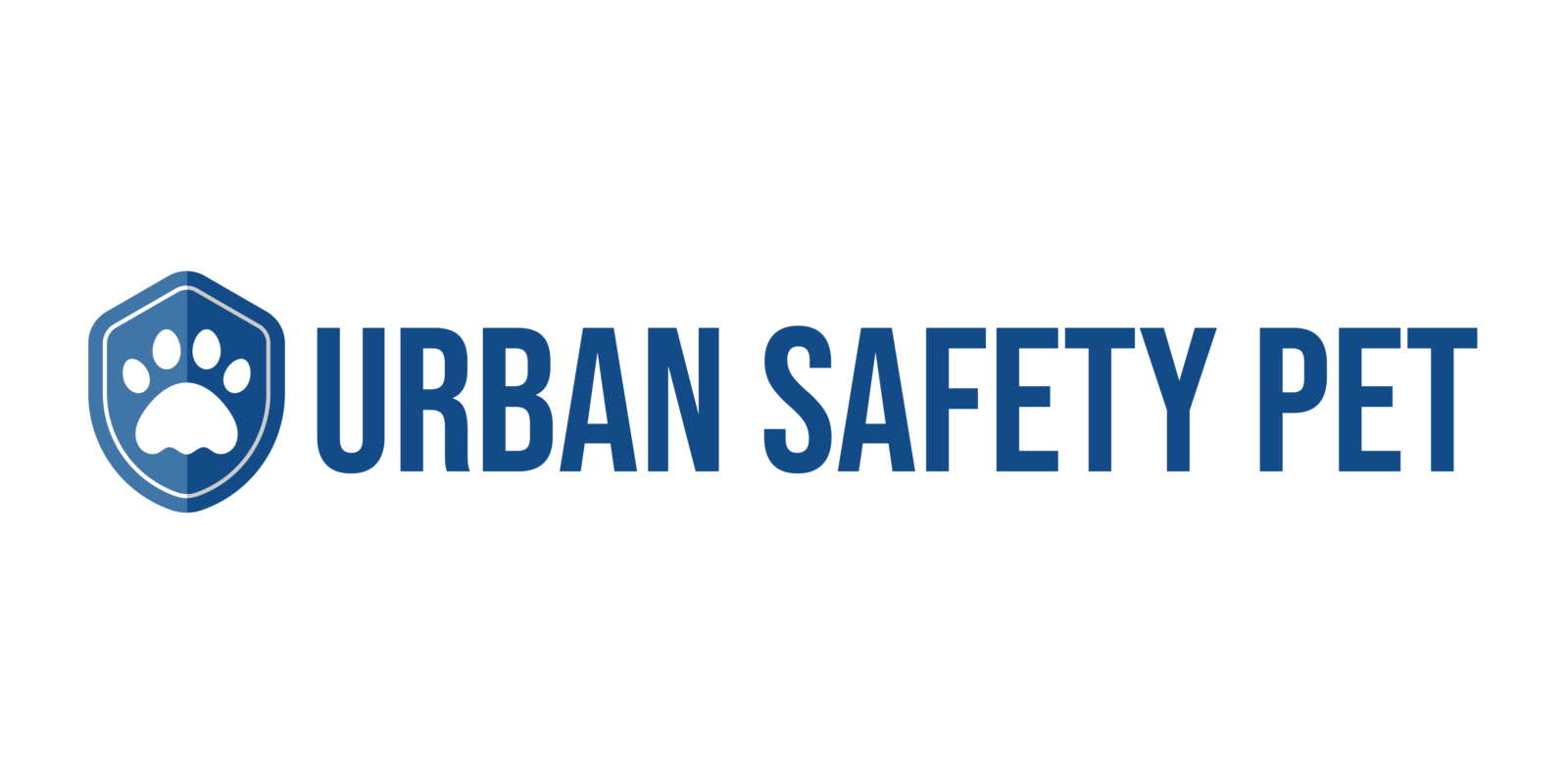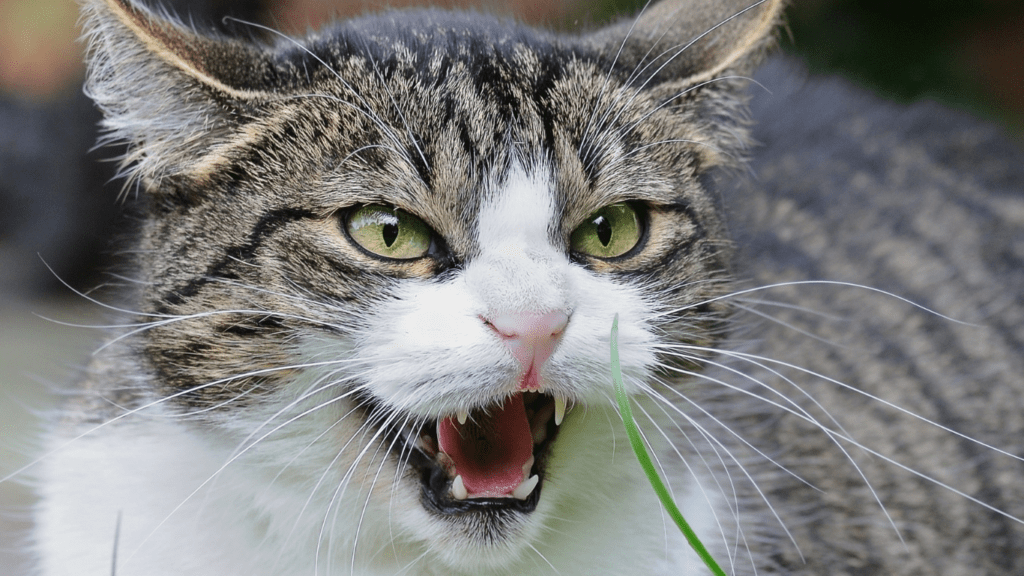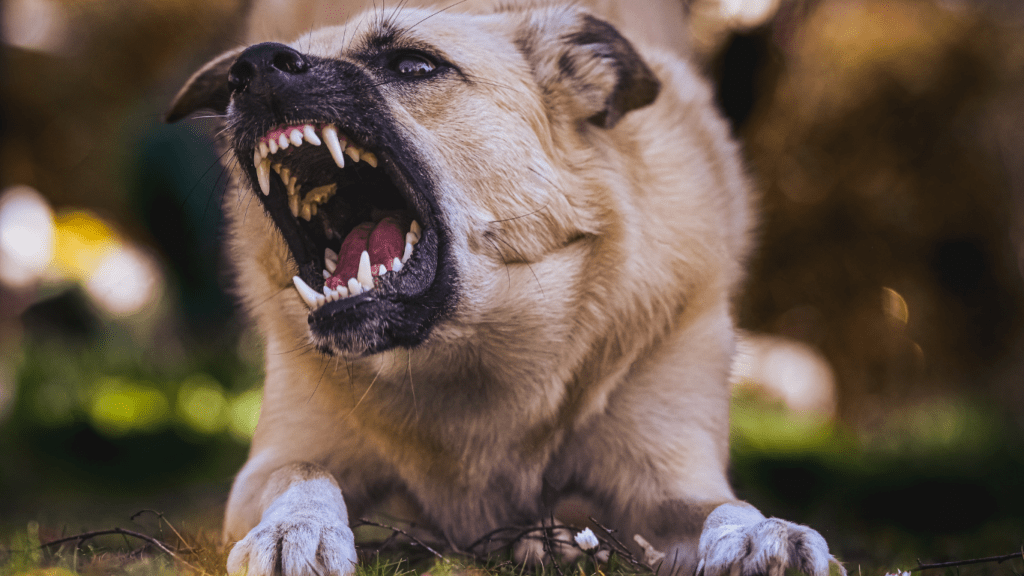Causes of Aggressive Behavior in Pets
Identifying the root causes of aggressive behavior in pets helps manage the issues effectively. Let’s explore the main triggers.
Genetic Predisposition
Some pets show aggression due to their genetic makeup. Breeds like Rottweilers and Siamese cats often have inherent tendencies towards assertive behavior. Identifying specific traits in different breeds gives insights into managing aggression.
Environmental Factors
Pets can become aggressive due to their environment. Early experiences, lack of socialization, or exposure to stressful situations often lead to aggression. For example, a puppy not socialized with other dogs might become reactive. Minimizing stress and ensuring positive interactions can reduce such tendencies.
Health Issues
Health problems frequently cause aggression. Pain or discomfort from conditions like arthritis or dental disease can make pets irritable. Regular veterinary check-ups help identify and treat these issues, reducing the likelihood of aggressive behavior. For instance, a dog in pain might growl when touched.
Understanding these causes supports effective strategies to manage and reduce aggression in pets.
Identifying Signs of Aggression
Recognizing aggressive behavior in pets is crucial for effective management. Here are key indicators to watch for:
Body Language
Aggressive body language serves as a primary indicator. Common cues include:
- Raised Fur: Observe if the fur along the back stands up.
- Stiff Posture: Note a rigid body posture.
- Baring Teeth: Look for exposed teeth, often accompanied by snarling.
Vocalizations
Vocalizations provide significant insight into a pet’s emotional state. Indicators of aggression include:
- Growling: Frequent low, guttural sounds.
- Hissing: Common in cats, a loud, sharp hiss.
- Barking: Persistent, rapid barking in dogs.
- Territorial Behavior: Monitor reactions to strangers at home.
- Resource Guarding: Watch for aggression around food or toys.
- Previous Trauma: Pay attention to behavior following specific events or stimuli related to past trauma.
Effective Management Techniques
Managing aggressive behavior in pets involves a combination of behavior modification, training, and professional interventions. Here’s how each method can help.
Behavior Modification
Behavior modification focuses on changing your pet’s response to specific triggers. Positive reinforcement is key. For instance, reward your pet for calm behavior with treats or praise. Redirecting your pet’s attention with toys or commands also prevents negative responses. Consistency is crucial; create and maintain a routine to reinforce new behaviors.
Training and Socialization
Training and socialization build a strong foundation for managing aggression. Basic commands like “sit,” “stay,” and “leave it” establish control. Enroll in obedience classes if necessary for structured learning.
Gradual exposure to new people, pets, and environments under controlled conditions increases comfort levels and reduces aggression. Socialization at a young age is particularly effective.
Professional Interventions
Professional interventions are essential when behavior modification and training aren’t enough. Consult a veterinarian to rule out medical causes. Veterinary behaviorists and certified animal behaviorists provide specialized plans tailored to your pet’s needs. Sometimes, medications support behavior modification efforts, reducing anxiety and aggression while positive behaviors are reinforced.
Preventing Aggressive Behavior

Preventing aggressive behavior in pets involves proactive strategies. Here are key methods to consider.
Early Socialization
Early socialization helps pets develop positive interactions. Introducing pets to a variety of environments, people, and other animals during their formative weeks (3-14 weeks for puppies) minimizes fear-based aggression. Supervised play sessions with other pets and exposing them to different sounds, sights, and smells reduce anxiety and build confidence.
Consistent Training
Consistent training ensures pets understand acceptable behavior. Using positive reinforcement techniques, like treats and praise, makes learning enjoyable for pets.
Consistent commands for basic behaviors such as “sit”, “stay”, and “leave it” help establish clear boundaries. Training sessions should be regular, short, and engaging to maintain a pet’s interest.
Health Management
Health management addresses potential physical causes of aggression. Regular veterinary check-ups detect and treat health issues that could cause discomfort and aggression.
Ensuring pets are free from pain, nutritional deficiencies, and parasites can significantly reduce aggressive behavior. If necessary, coordinate health plans with veterinarians to manage any underlying conditions.
When to Seek Professional Help
Recognizing the difference between typical and concerning pet aggression is vital. Professional help becomes necessary when aggression escalates or risks harm to others.
Recognizing Severe Cases
Severe cases of aggression include instances where pets constantly growl, snap, or bite without apparent triggers. Immediate risks include unprovoked attacks or situations where the pet’s behavior jeopardizes human safety. Observing aggressive behavior even in routine environments like home walks or during feeding times suggests severe behavioral issues.
Types of Specialists
Different specialists can help manage aggressive behavior. Veterinary behaviorists are veterinarians with specialized training in animal behavior.
Applied animal behaviorists hold advanced degrees in animal behavior and can provide expert advice. Certified professional dog trainers (CPDT) focus on training techniques and behavior modification and are often ideal for initial interventions.
What to Expect in Professional Consultations
During professional consultations, specialists conduct a thorough evaluation. Expect detailed questions about the pet’s history, environment, and behavior patterns.
Professionals may perform physical exams and recommend diagnostic tests to rule out medical issues. Behavior modification plans may include training exercises, environmental adjustments, and, in some cases, medications to manage anxiety or aggression effectively.




